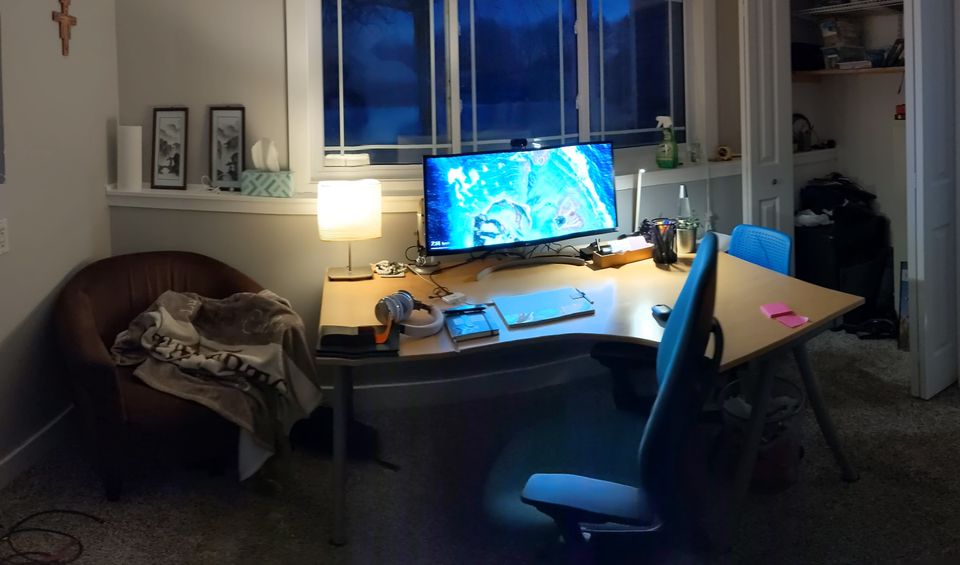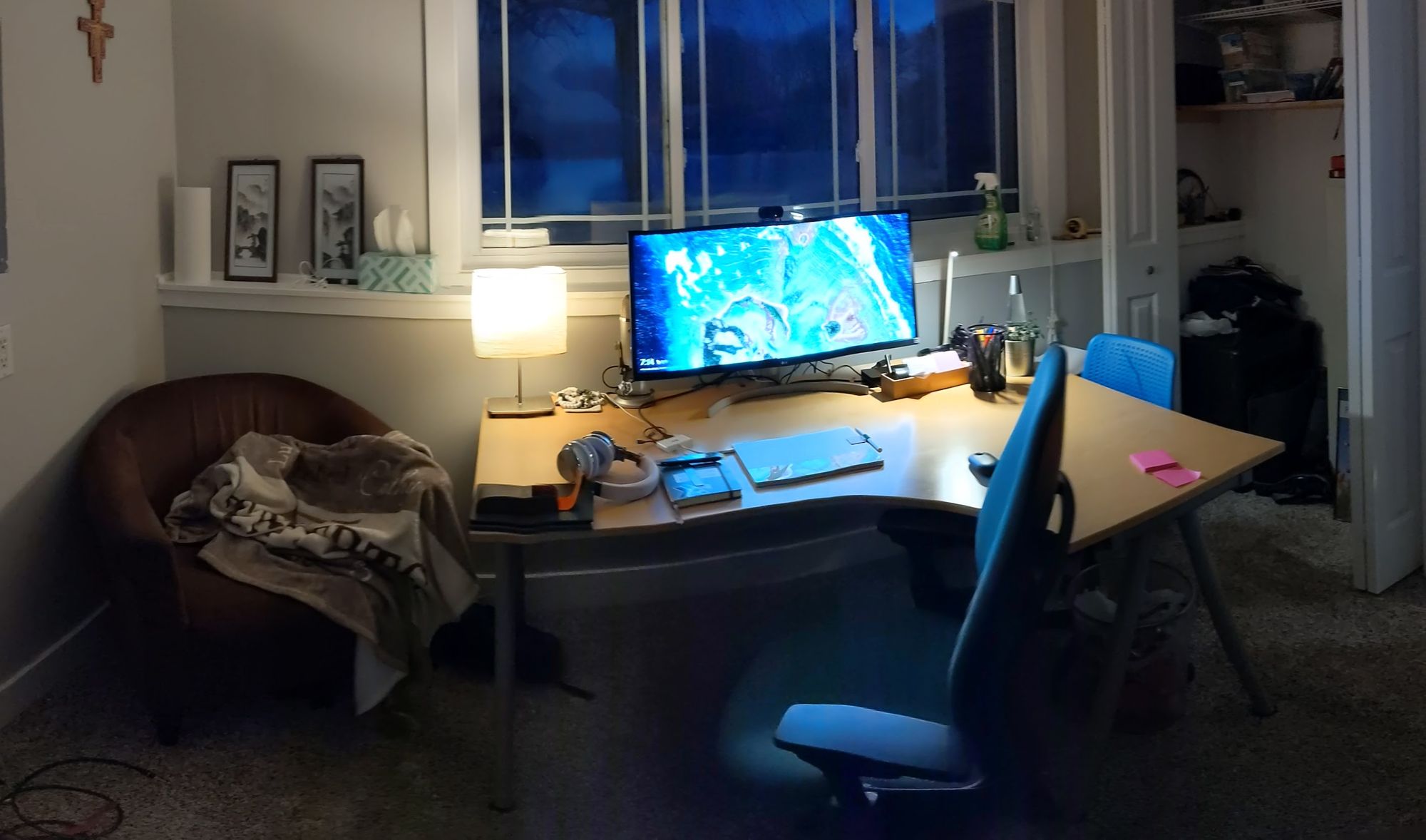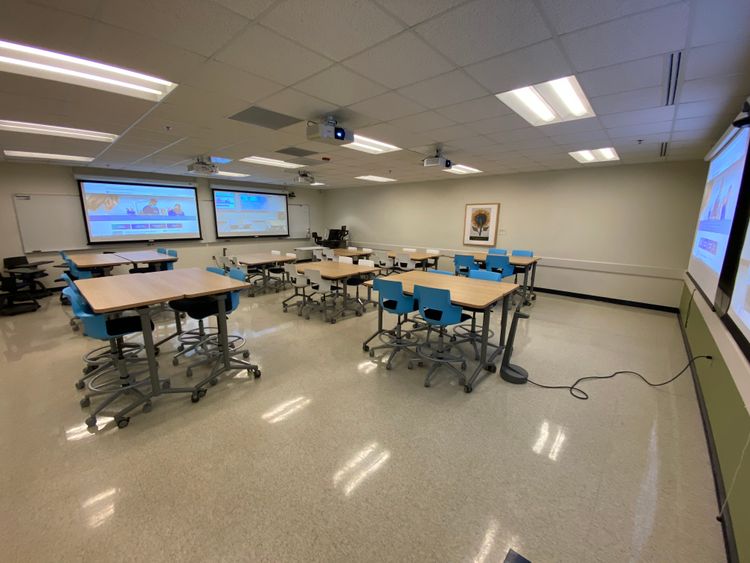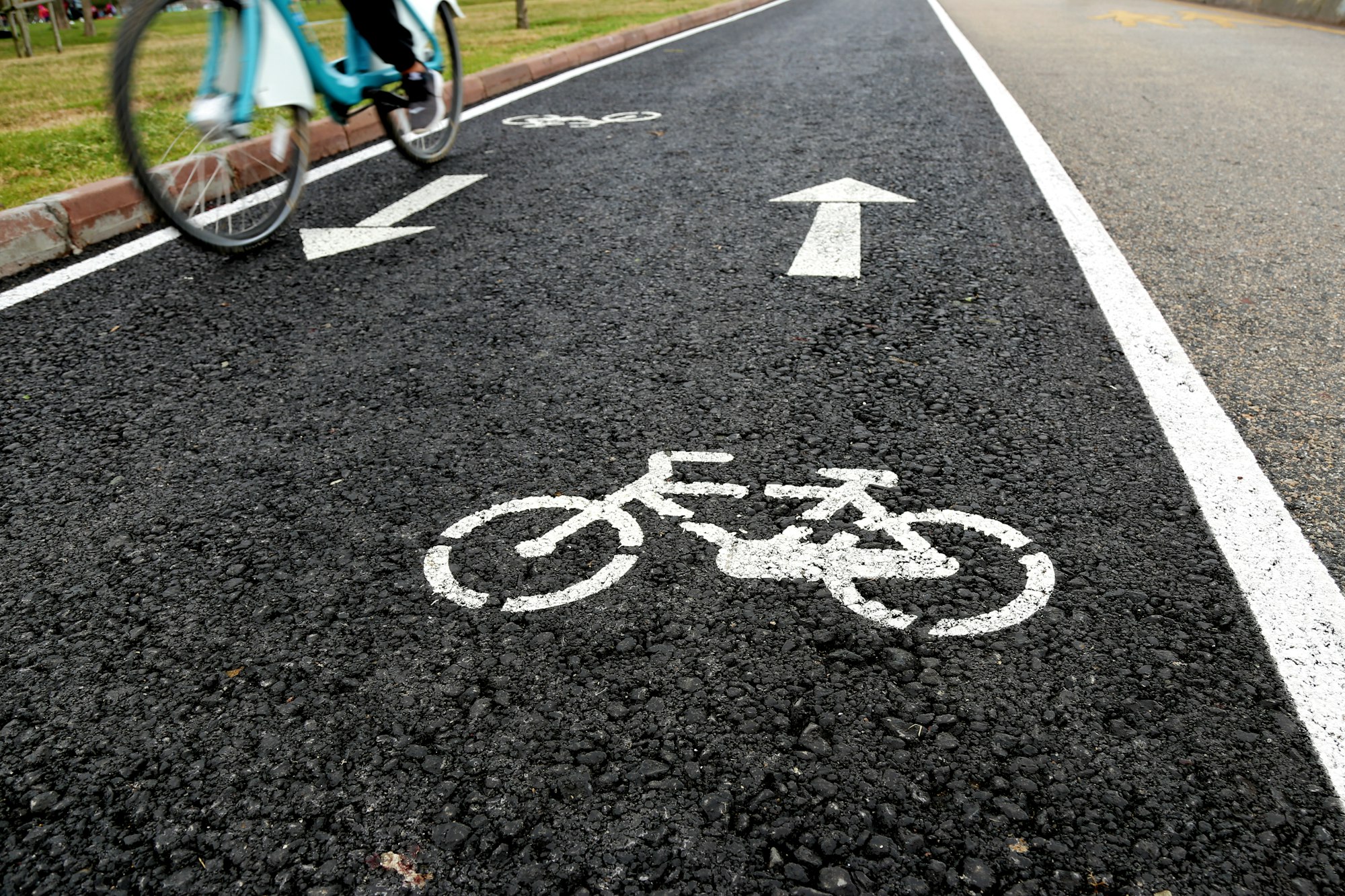My home teaching studio setup (and why it's so cheap)

This semester I've moved from teaching hybrid classes to synchronous online classes. Instead of being on campus four days a week to teach the face-to-face meetings of my classes, I am now teaching from home 100% of the time, using my home office as the base of operations. Like every other faculty member who shifted to teaching from home, I've had to figure out how best to configure my tools and my workspace to make it a productive and comfortable environment for me, and an effective learning experience for my students. And as someone who has spent a lot of time thinking about workspaces and using technology to teach --- and as someone who's always preferred to work remotely rather than be in the office --- this has been an interesting and even enjoyable process.
I've gotten a lot of inspiration from my colleagues here and elsewhere who have described how they've set up their own remote teaching spaces. One of those folks is Sean Willems from the University of Tennessee, who recently published this article in the Harvard Business Review about his home teaching studio setup. The HBR article gives some details of his setup; this whitepaper he authored gives all of the details.
It's fair to say that Prof. Willems is heavily invested in more ways than one. Not only does he teach business analytics courses online for UT, he has also taught for MIT through its edX program. So he knows whereof he speaks, and it seems to me that he's coming from a place of wanting to give students the best learning experience possible. But, as you read the articles and look at the pictures, you and any normal person will start to wonder, How much did all this stuff cost? The answer is in the whitepaper: The total cost of the equipment that he uses in his studio, not counting the stuff he calls "optional" --- and not including the cost of computers! --- is just north of $21,000.
It's none of my business to comment on how people spend their own money. But there are two facts I will point out about this setup:
- I don't have $21,000 to spend on a studio like that, nor do I have anywhere in my house to put it, even if I could afford it. Not a fact but a reasonable speculation: Neither do the vast majority of college faculty.
- The overriding reason for having a studio of this nature, is to replicate lecture pedagogy in an online space. Why else would you have a lightboard? The whitepaper states,
The on-campus teaching process cycles between teaching modalities. The instructor walks around the room, facilitates class discussion, writes on the board, and projects applications onto a display. For a significant portion of the classroom session, the instructor is the focus of most students’ attention, except when the students are engaging in conversation or looking at their devices. A traditional Zoom instructional session does not match the on-campus experience. (emphasis added)
Class discussion is good (or, it can be), but having a $3000 camera lens as part of one's teaching rig is not about facilitating discussion.
One of the main takeaways from these two articles is that in addition to being non-empathetic by default, lecturing is really, really expensive if you really want to "match the on-campus experience". Which is ironic, given that many universities push instructors toward lecture so that class sizes can be raised, because of a perceived cost savings.
Wouldn't it be less expensive to just not lecture so much, and do more active learning instead? We might debate whether online active learning is as good as active learning while in person, and what kinds of tech might be needed to make it better. But there's no question in my mind that active learning can be done far less expensively, using simple tools that are accessible to all faculty, with at most only a marginal degradation in quality (whatever that means).
I believe this because I've been living it this semester. Here's what my space looks like (forgive the bad panoramic shot):

In the video below, I offer a taste of what my students experience in my classes, which are primarily focused on active learning using tools that are simple and free to use, and using the resources provided by my university and not much else.
As I explain in the video, my studio is just my home office (a 10 x 12 foot former spare bedroom) with the following hardware:
- My main computer is a 2018 Google Pixelbook which I love so much it's a bit weird. But the one thing that the Pixelbook is not great at, is anything involving video, including video editing and Zoom meetings. So I use a Dell Latitude 7400 2-in-1 with an active stylus as my main "teaching computer". This is one of the standard-issue faculty computers through my university, so although it lists for $1624 as I have it configured, that cost is borne my my university, not me. This computer doubles as my "document camera" thanks to the stylus.
- A dock for the Dell laptop through which I run all the peripherals below. It apparently costs $180, also paid for by my university.
- An extremely cheap USB camera, which on the video I said literally had no branding on it, but it turns out it's made by some company called "Avater". Cost: $25.99
- An also cheap Logitech headset mic. The Amazon listing says $57.95 but I definitely paid under 30 for it, or something like it, at Best Buy 4-5 years ago.
- A Blue Yeti USB microphone that I bought back in 2012 when making the Introduction to Proof video playlist. Costs $129 and it's worth it, although I actually use the Logitech headset more.
- An LG ultrawide monitor. In my view, ultrawide monitors are essential equipment. I can view an entire spreadsheet on it! Costs about $250.
That's it. I don't use any paid software for teaching; it's either all open-source or free-to-use web tools. (I know, "If the product is free..." and so on.) So if you're keeping score, the total expense of my "studio" is $2249, and this includes the computer and the dock even though I am not the one paying for those. Take out the stuff that my university pays for, and the cost is $445.
I think what makes my setup cost under $500 is that I am not trying to provide a pro-quality lecture experience to my students. Instead I am keeping it focused on active learning, and this does not require recording-studio-quality mics, cameras, and the like. Because the focus is not on me, it's on the students.
What my students are actually doing in class depends on the class, but activities revolve around these activities:
- All my classes use a heavy dose of polling activities to do retrieval practice and peer instruction, which I deploy using the free tier of PollEverywhere.
- My Calculus students do Desmos activities both before and during class. The students like to have time to work through the activities individually first, then go into breakout rooms to finish them off and ask questions before we come back as a class and discuss.
- My Modern Algebra students will often work in groups to construct proofs, which they then complete by filling in parts of a proof on Google Slides or write out the full thing on a Jamboard.
There's more that we do, but those are the regulars in our class meetings. All active, all free to use, and in my view at least as productive if not more so than similar activities done in person.
Again, I do not begrudge anybody their right to spend as much money as they want on their setup as long as they are doing it with students' best interests in mind. But once you take yourself out of the center of the picture and focus on active learning, you can have a great learning environment for students for 1-2 orders of magnitude less expense.
One final note: In my experience doing flipped learning for a decade and now fully online learning, insofar as one might lecture, there are two things that are non-negotiables for students and so it would be worth putting serious money into:
- Excellent audio quality. Students will forgive video that isn't that great. But a great video with audio that is too low, too loud, too crackly, too many vocal pops, etc. will be a endless (and justifiable) source of complaints. The Blue Yeti mic above is an excellent "inexpensive nice microphone" and throw on a pop filter if you have some money left over.
- Organization of the lecture. Not so much the video quality, for example that one undoubtedly gains by having a $3000 camera lens in the mix, but the visual design of presentations and how nice it looks. That may be the point of the lightboard (although I cringe at the concept of using the lightboard for "shock and awe" as the whitepaper says) but even on a lightboard, a person can deliver a lecture that might be full of shock and awe, but devoid of empathy, narrative coherence, and visual sense.
Actually, one more thing: You may notice the chair in the photo of my setup. That's a Steelcase Leap, and they are not inexpensive. But they are cheaper than a chiropractor, and after teaching partially online last semester and going to bed each night with a crushing backache because of the flimsy Ikea chair I had been using, I decided to splurge over the holiday. It is worth every penny. Is this part of "the studio"? I'm not sure, but you can have that chair once you pry it from my cold, dead hands.


